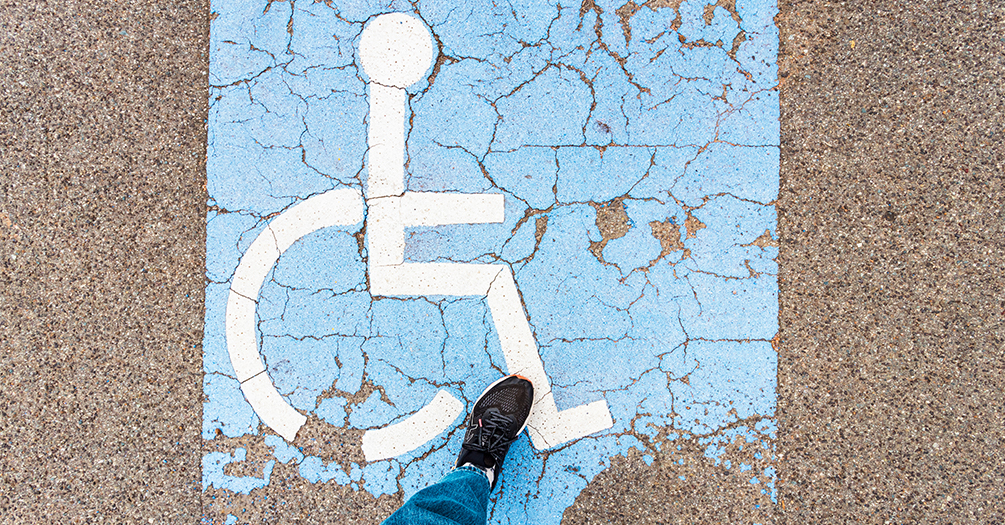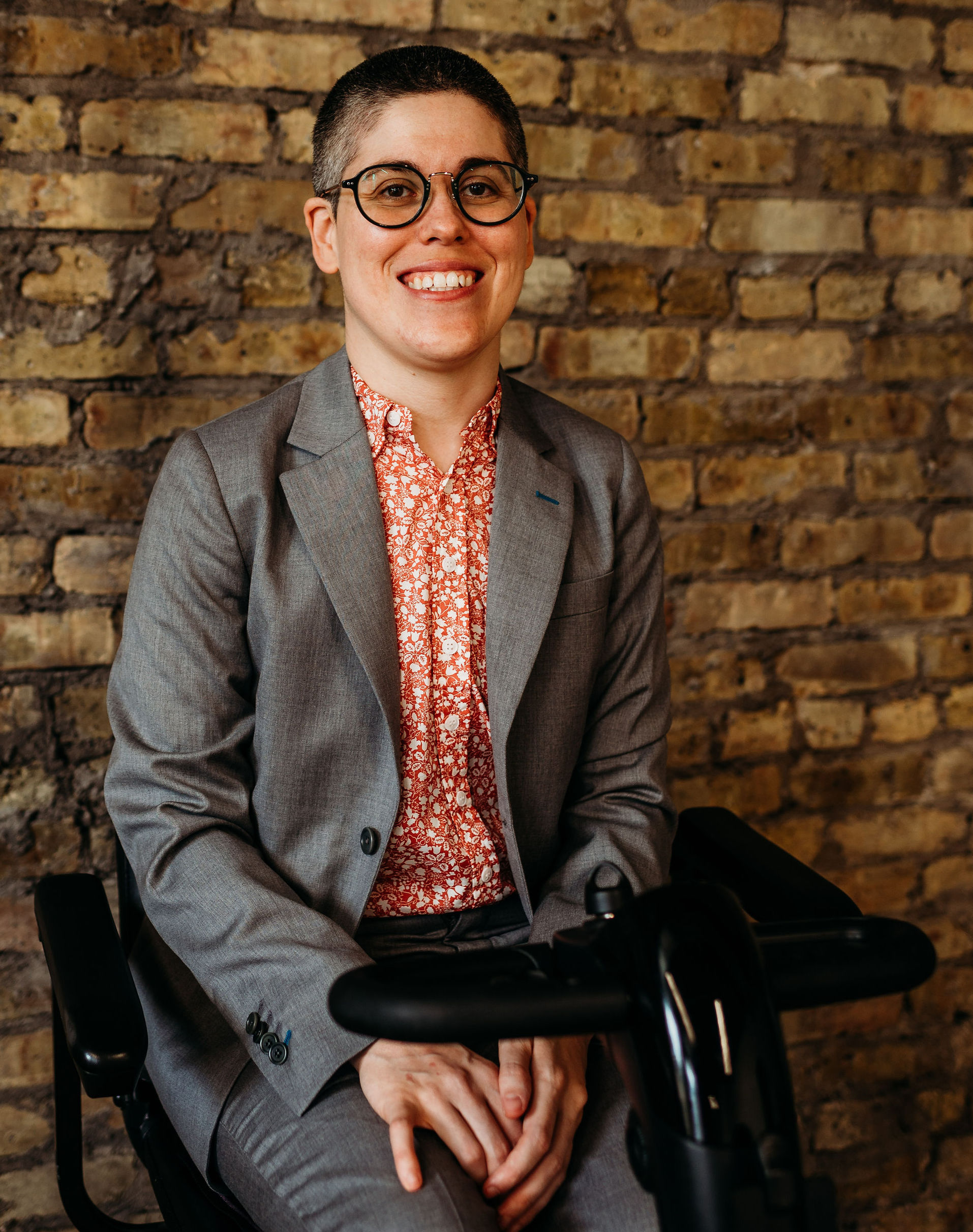Disability justice in public health

Kara Mannor
MPH ‘21, PhD Student in Epidemiology
The history of disabled people’s activism has much to offer the field of public health, yet we often do not fully harness the lessons from this organizing work in our research or practice. During the disability rights movement in the United States, activists were both engaged in direct action and developing new ways for thinking about what disability is and how disabled people experience oppression in society. Decades of this activism would go on to culminate in the passage of the Americans with Disabilities Act (ADA), which formally prohibits discrimination against disabled people across “all public and private places that are open to the general public.” The ADA and other disability rights legislation has been incredibly important in creating access for persons with disabilities in education, transportation, employment, and other domains of social life. Yet, more than 30 years later, disabled people remain among the poorest and most marginalized groups in the United States.
To make real social gains for disabled populations, laws alone are insufficient. Throughout the disability rights movement, disabled people who experienced other forms of marginalization (e.g., racism and heterosexism) have criticized relying on rights-based frameworks, however, their voices were often sidelined or ignored. Recognizing that the power of ableism—or the oppression of disabled people—could only be truly eroded by focusing on the experiences of disabled people who face multiple forms of oppression, activists like Patty Berne, Mia Mingus, Stacey Park Milbern, LeRoy Moore, and others came together in 2005 to create a framework for understanding and acting against ableism known as Disability Justice.
The Disability Justice framework does not simply replace the word “rights” with “justice.” Instead, it seeks to broaden and deepen the ways people working toward systemic change understand how ableism operates in relation to other systems of oppression. What would public health look like if we incorporated principles of Disability Justice in our work? How might the focus of our research and practice shift if we truly embraced values that all bodies are worthy and our fates are linked together? The Disability Justice framework is made up of ten principles. I will discuss two of the principles in more detail and their implications for public health research and practice: recognizing wholeness and interdependence.
Together, both the principles of recognizing wholeness and interdependence offer robust alternatives to some of the assumptions about disabled populations in public health that are guided (implicitly or explicitly) by “medical model thinking.” The medical model understands disability to be a problem of individual bodies that needs to be primarily solved through medical intervention, with little to no attention to how our broader surroundings shape disabled people’s lives. By contrast the principle of recognizing wholeness asserts that all bodies have inherent value and worth—and that this value and worth is not determined by capacity to participate in “productive” work or other standards of what makes a body “normal.”
Relatedly, the principle of interdependence recognizes all the ways that living systems across the globe are interconnected—that none of us survive or experience systematic harm separate from the actions of thousands of other human beings. This principle helps us to understand how capitalist myths like that of the “rugged individual”—the belief that each of us should be capable of living self-sufficiently without the support of a community—can directly harm the lives of disabled people and other marginalized groups. For example, during the COVID-19 pandemic disabled people have been disproportionately denied access to life-saving care based assumptions about disability and “quality of life.” In these situations, disabled people are often judged to have lower quality of life when they require direct assistance with everyday care needs or have more complex medical conditions. In some cases, persons with intellectual disabilities who were hospitalized with COVID-19 have been assigned “do not resuscitate” orders without their consent. Further, public health messaging has often attempted to minimize the impact of the pandemic by appealing to the idea that only our elders or people with multiple health conditions are the groups most likely to die from COVID-19.
As Disability Justice acknowledges, this is not work that a single field like public health can take up in isolation. But, we can commit ourselves to align our public health work toward a vision of a world where disabled communities are not an exception or afterthought—but have real opportunities to thrive.
Read more from Kara in “How We Follow Through on Public Health’s Commitment to Disability Communities” on The Pursuit.
About the Author
 Kara M. Mannor (she/hers) is a PhD student and Rackham Merit Fellow in the Department
of Epidemiology at the University of Michigan School of Public Health and a 2021 graduate
of the school’s Population and Health Sciences MPH program. Mannor’s research interests
include advancing conceptual and methodological approaches for studying relationships
between ableism and health outcomes. Her anti-ableist approach to public health is
informed by her social position as a disabled person and commitment to disability
justice as a community organizer. She also enjoys playing word puzzles and being a
cat parent.
Kara M. Mannor (she/hers) is a PhD student and Rackham Merit Fellow in the Department
of Epidemiology at the University of Michigan School of Public Health and a 2021 graduate
of the school’s Population and Health Sciences MPH program. Mannor’s research interests
include advancing conceptual and methodological approaches for studying relationships
between ableism and health outcomes. Her anti-ableist approach to public health is
informed by her social position as a disabled person and commitment to disability
justice as a community organizer. She also enjoys playing word puzzles and being a
cat parent.
